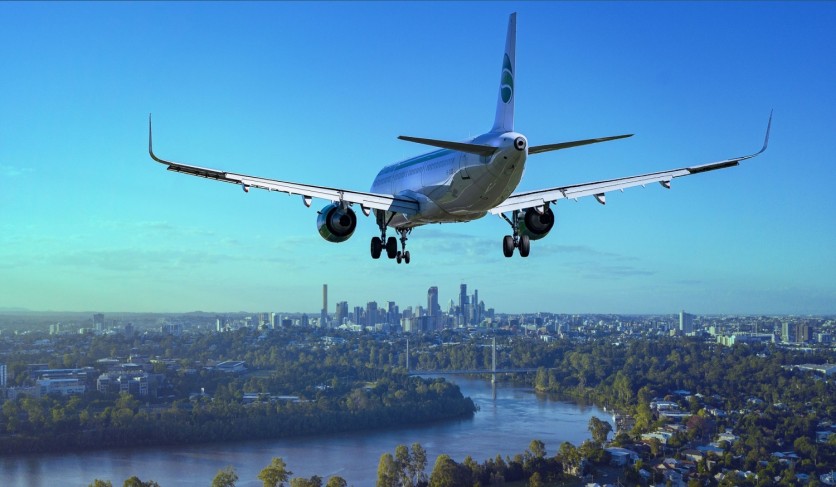A group of scientists recently conducted extensive tests to evaluate emissions arising from the combustion of sustainable aviation fuels, uncovering a substantial decrease compared to traditional jet fuel.
Conducted by researchers from the National Center for Atmospheric Science (NCAS) in partnership with the University of Manchester, the study involved a comparative assessment between standard jet fuels and various blends of sustainable aviation fuel, including those sourced from Neste.

Sustainable Aviation Fuel
The emissions were closely monitored from two distinct engines, including those employed on the FAAM Airborne Laboratory's BAe-146-301 aircraft, utilizing CFS Aero facilities at Hawarden Airport.
In 2021, the aviation sector contributed over 2% of the world's greenhouse gas emissions. However, according to the study, sustainable aviation fuel exhibits the potential to reduce climate-altering greenhouse gas emissions, specifically carbon dioxide, by as much as 80% when compared to conventional jet fuel.
The research outcomes highlighted a notable 45% decrease in the quantity of ultrafine black carbon emissions during low thrust, directly impacting local air quality. Furthermore, the overall mass of these emissions was 80% lower for each kilogram of blended sustainable aviation fuel that was consumed.
Dr. Paul I. Williams, a research scientist affiliated with NCAS at The University of Manchester, stressed the importance of comprehending the repercussions of alternative fuels in light of the industry's shift towards carbon neutrality.
He said in a press release, "This study is really important to understand these effects and to provide the U.K. with capability to make these assessments in the future as new fuels and technologies are developed."
Sustainable aviation fuel is produced from renewable biomass and residual materials, offering a direct substitute for jet fuel extracted from crude oil.
These biofuels are combined with conventional jet fuels to ensure compatibility with all existing aircraft, including models like the FAAM aircraft. The ultimate objective is to ensure that all jet fuels are entirely synthetic and derived from non-fossil fuel sources by the year 2050.
Measuring Emissions
A spectrum of emissions from the combustion of blended aviation biofuel and HEFA fuel was measured through ground-based engine testing. It facilitated a thorough comparison of emissions between fuels sourced from sustainable and non-sustainable origins.
Emissions of various gases and particles, including carbon dioxide, carbon monoxide, nitrogen oxides, and suspended micro-particles, underwent comprehensive evaluation. Emissions were gauged directly within the engine's exhaust using specialized equipment and methodologies.
Williams underlined the noteworthy decline in emissions of non-volatile particulate matter, which directly impacts local air quality near airports. This reduction was observed at both low and cruise thrusts, suggesting potential benefits in terms of contrail formation and a reduced climate impact.
"At cruise thrusts, we found that there were also lower amounts of non-volatile particulate matter being emitted from the burning of sustainable aviation fuel," Williams noted.
"This indicates that while an aircraft is cruising there would be less non-volatile particulate matter produced, which in turn impacts contrail formation. This could have the potential to reduce the climate warming effects of aviation globally," he added.
Related Article : Groceries From Air: Wingcopter Drone Deliveries Take off in Germany

ⓒ 2025 TECHTIMES.com All rights reserved. Do not reproduce without permission.




